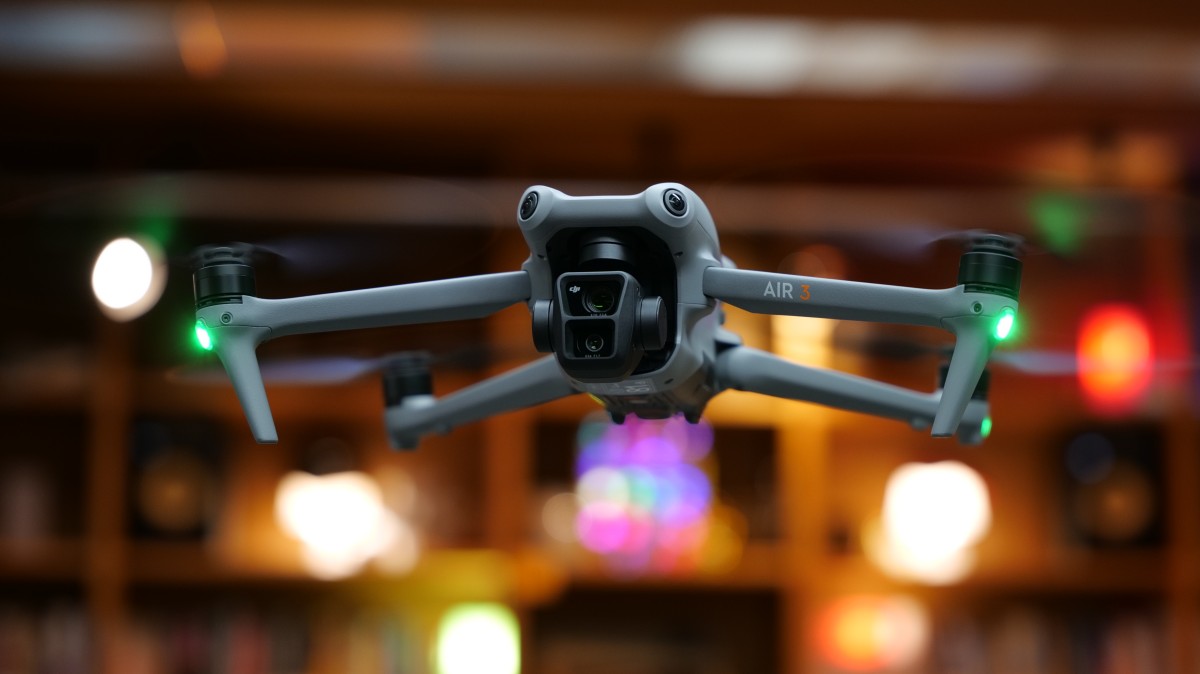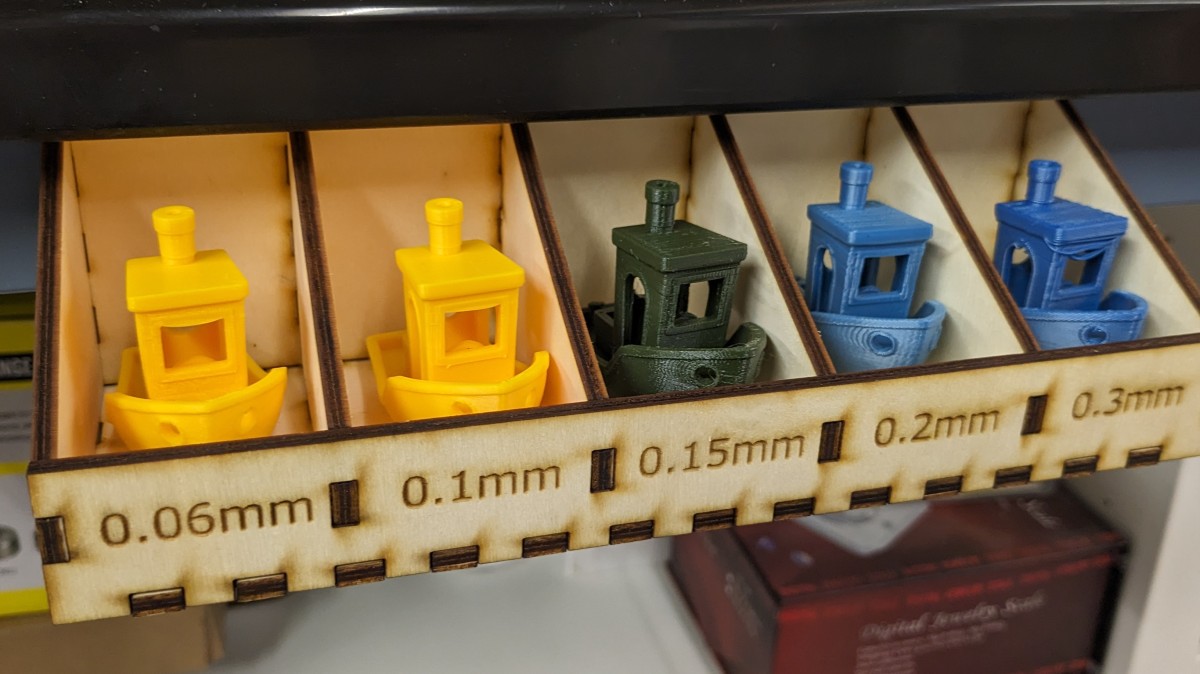This post is part of a series in which we want to present some of our new and valuable material that we were able to procure due to a grant by Deutsche Stiftung für Engagement und Ehrenamt.
Update: There now exists Drohnenfotografie temporärhaus as a category at Wikimedia Commons. All the pictures and videos we take will end up there, sorted by year.
Through our close connection to Wikimedia Deutschland and the many Free Knowledge projects such as Wikipedia, Wikimedia Commons, Wikidata and so on, we have always been very happy to contribute to Free Knowledge. For example, we have collected historical images of Ulm streetcars from the public and made them available to the general public under a Free License by using the Scanner Station of the Stuttgart Wikipedia Community.
But what we’ve always been missing a bit, also because other local spaces take such wonderful photos with them, is a drone with a good camera.

Thanks to funding from DSEE, we have now been able to purchase a DJI Air 3 drone. And that opens up a whole range of possible uses, e.g. great aerial photos of historical buildings, natural monuments and other interesting objects in the region. And, of course, all of this will then be uploaded to Wikimedia Commons, where it will be freely available to everyone. Perhaps we will soon be able to make submissions for the Wiki loves Monuments or Wiki loves Earth competitions.
After a few years of transition, the current EU regulation. has been mandatory for all drone models since 01.01.2024. Our drone is in open category A1, UAS class C1, which means that you can fly it with a corresponding license near (but not over) people and close to buildings. Therefore it is very suitable for our purpose. We also have a realistic flight time of approx. 30-35 minutes per battery, which allows relaxed flying and alignment for the photo – and we bought three of these batteries. The operator of the drone (not the pilot!) is temporärhaus e.V., which means that the necessary liability insurance for our members is covered by the association.

So what do we do with the drone or what can you do with the drone with us? We will regularly go on photo tours with the drone, and if you are allowed to fly the drone (A1 driver’s license), then you are welcome to come along and join us. We are currently planning the first tours, e.g. the Bundesfestung around Ulm are a good place to start. As soon as we have more information, you will find it here or in our calendar.
At this point, of course, a big thank you to Wikimedia Deutschland and the German Foundation for Commitment and Volunteering, whose support makes such hardware and projects possible in the first place.














